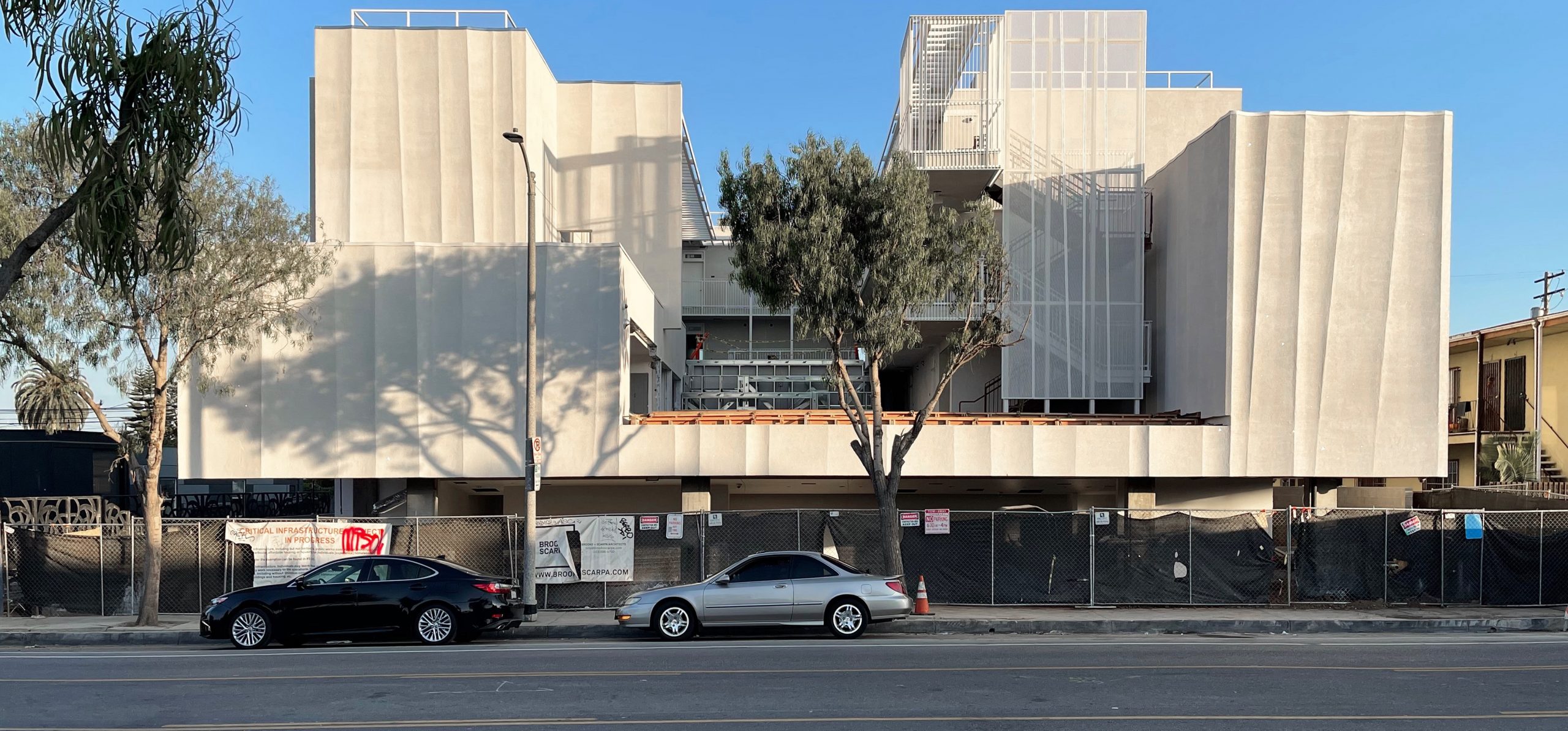In 2018, a couple of Seattle-based architects – one formerly with Olson Kundig and the other once with Heliotrope – bailed on the Pacific Northwest and headed east for Idaho.
Eschewing the life of practicing architects, they embarked on a new kind of service-based business. It’s called Notion Workshop – and it’s all about visualization.
“An architect or developer will give us a 3D model and tell us a story about their project and we’ll explore it and extrapolate an entire 3D scene with grass, trees, and water – like photographers,” says Daniel Temple, an Idaho native. “We do them still or in video format, and we do strictly visuals.”
They’re client list includes their former top-tier employers, plus established mega-firms like Gensler and up-and-comers like Mutuus.
That’s because their work is top-tier as well. “It’s experiential imagery, rather than architectural imagery like sections and elevations,” says Alaina Temple, Daniel’s partner. “They hire us to experience the feelings rather than the architecture.”
Their building block is the story their client wants to tell. “Usually there’s a design element they’re excited about,” Daniel says. “The architect or client knows exactly what they need, like five closets and two living rooms, and we synthesize it all – just like an architect does.”
Because the two understand an architects’ mindset, they keep those ideas and stories in mind as they work. “But we also have advance tickets to the show,” he says. “We take their story and look at it through our lens and they trust us to take that and run with it.”
Ultimately, it’s experience that sells a project to an architect’s client anyway. So, the more sophisticated the imagery or video, the more successful their clients will be. Besides, the architecture is part of the visualization process – and vice versa.
“Two out of three architects got excited enough about our work to break ground immediately, or tweak the color palette or make a change,” he says. “To feel like we’re influencing the project is cool – it’s almost like a little mockup.”
So, do they miss the practice they were trained for? “I think what we’re finding is sometimes we do, but then again, every two weeks there’s a new high-end architect who comes to us,” he says. “When you’re an architect, a client’s project can last three years.”
A visualization for an embassy complex in Morocco took them three months, but that one entailed more than one structure. “We were asked to do a five-minute film for a massive development – with palm trees and winds blowing through them – and many, many buildings,” he says.
As the firm begins to curate its body of work – cabins in the woods, breweries and small mixed-used projects, the couple finds themselves moving more toward residential and small commercial projects.
And if they’re not practicing architecture – so what? They’re filling a niche.
“It’s a different kind of production,” Alaina says.
And the level of quality is still top-notch.
For more, go here.
[slideshow id=2359]


